Washing knitted toys
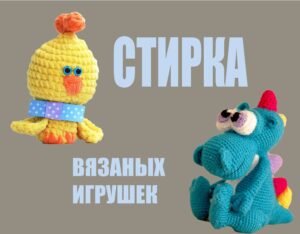 Surely, every child, and maybe even an adult, has a favorite soft toy. Even if you don’t use it daily, the product will still collect dust. And if the baby sleeps with a teddy bear every night, then the “friend” gets dirty even faster, and you will have to wash it more often. How to wash knitted toys? Is it permissible to throw products into an automatic washing machine or is it better to limit ourselves to hand washing? Let's look into the nuances.
Surely, every child, and maybe even an adult, has a favorite soft toy. Even if you don’t use it daily, the product will still collect dust. And if the baby sleeps with a teddy bear every night, then the “friend” gets dirty even faster, and you will have to wash it more often. How to wash knitted toys? Is it permissible to throw products into an automatic washing machine or is it better to limit ourselves to hand washing? Let's look into the nuances.
How to wash carefully and effectively?
Knitted toys require special care. It is better to clean them manually, in slightly warm water (temperature 30-40°C). It is important to use high-quality detergents that do not contain aggressive components. It is advisable to use gels for washing baby clothes. You should discard the powder - its granules are difficult to rinse out of the yarn, remain inside and can cause allergies in children.
Tightly knitted toys can be washed in an automatic machine.
First, it is recommended to put the plush toy in a special laundry bag (if there is no cover, a regular pillowcase will do), and then throw it into the drum. You need to choose a delicate program. The spin cycle should be avoided. Be sure to add an additional rinse to the cycle to completely remove any remaining detergent from the yarn.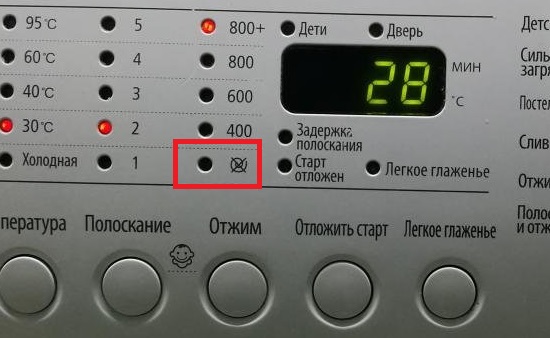
After washing, do not twist handmade toys to avoid deformation. Dry the items with a towel - it will absorb excess moisture. Next, lay the plush “friends” on a horizontal surface in a well-ventilated area for further drying.
Of course, it is better to wash knitted toys by hand. In this case, the risk of damage to the products will be minimal. The algorithm of actions is as follows:
- fill the basin with warm water (30-40°C);
- add detergent, whip up soap foam;
- immerse the toy in water and leave for 15-20 minutes;
- wash the product with gentle movements;
- Rinse the toy several times, constantly changing the water.
Toys knitted with cotton threads can be completely wet - such material is quite “hardy” and is not subject to deformation. It is better to clean wool bears and dogs using a dry method, otherwise there is a risk that the products will shrink during washing. You should be more careful with glued decor (eyes, nose) - it is better that these places do not come into contact with water.
Dry and wet cleaning
If even the minimal risk of damage scares you, then it is better not to subject your favorite knitted toy to a full wash. You can get by with dry or wet cleaning. It is important to remember to sanitize toys frequently to prevent dust from collecting in the yarn.
A vacuum cleaner will be an assistant in caring for soft toys. Once every few days, go through the products with a “dust collecting machine”. You can also use a brush - periodically brush off the dust from the plush hares and bears.
There is a more unusual way to dry clean knitted toys. The algorithm of actions will be as follows:
- put the toy in a plastic bag;
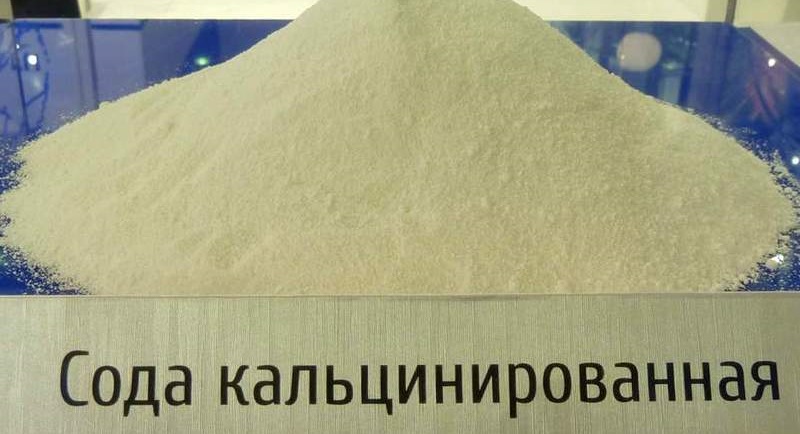
- pour baking soda or potato starch inside;
- Shake the bag vigorously for a few minutes;
- Clean the toy with a soft brush (the dirt will go away with the soda or starch).
It is better to periodically expose knitted toys to low temperatures. If it's winter outside, place teddy bears, hares and dogs on the balcony. In summer, place the plush “friend” in the freezer for 5-6 hours. This will help kill harmful microorganisms (if they are found in the filler).Another option is to fill a basin with water, add detergent and whip up foam. Next, take a soft sponge and dip it in the soapy solution. Gently wipe the toy with the dampened foam, being careful not to let the product absorb too much liquid.
Treat areas that are susceptible to moisture with special care (felt wool items, glued decor, tinted areas, etc.). It is better to rinse the sponge often to remove any dirt that has accumulated on it. To dry, lay the toy on a horizontal surface or blow with a cold hairdryer.
Interesting:
Reader comments
- Share your opinion - leave a comment


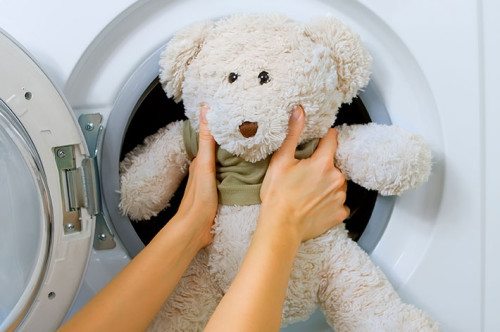
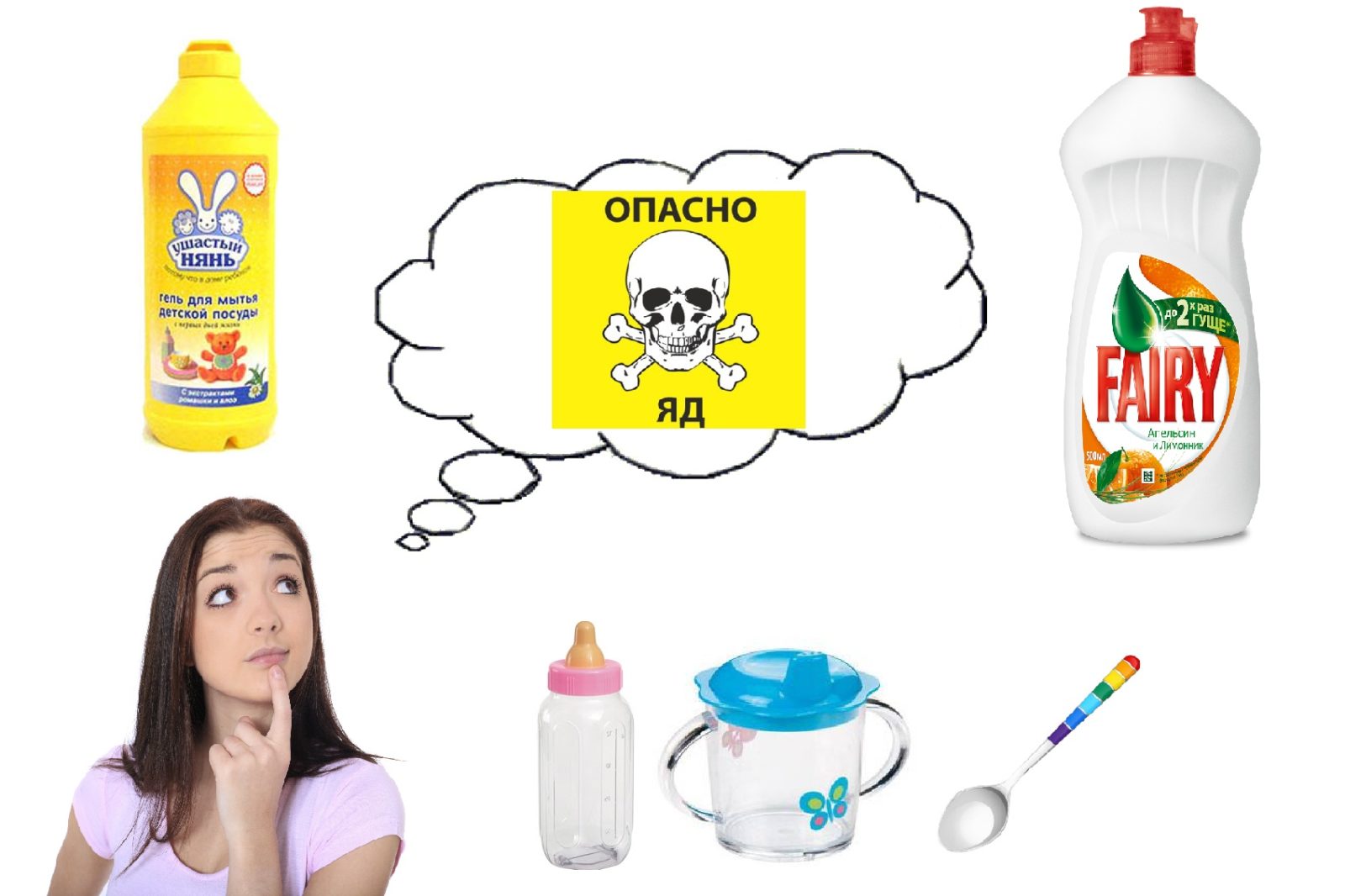
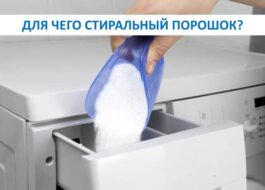

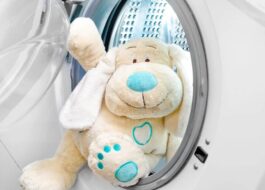














Add a comment